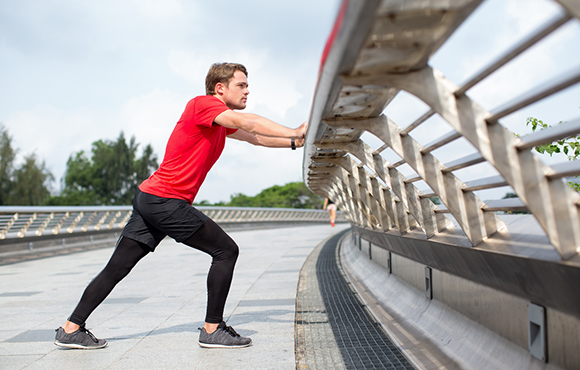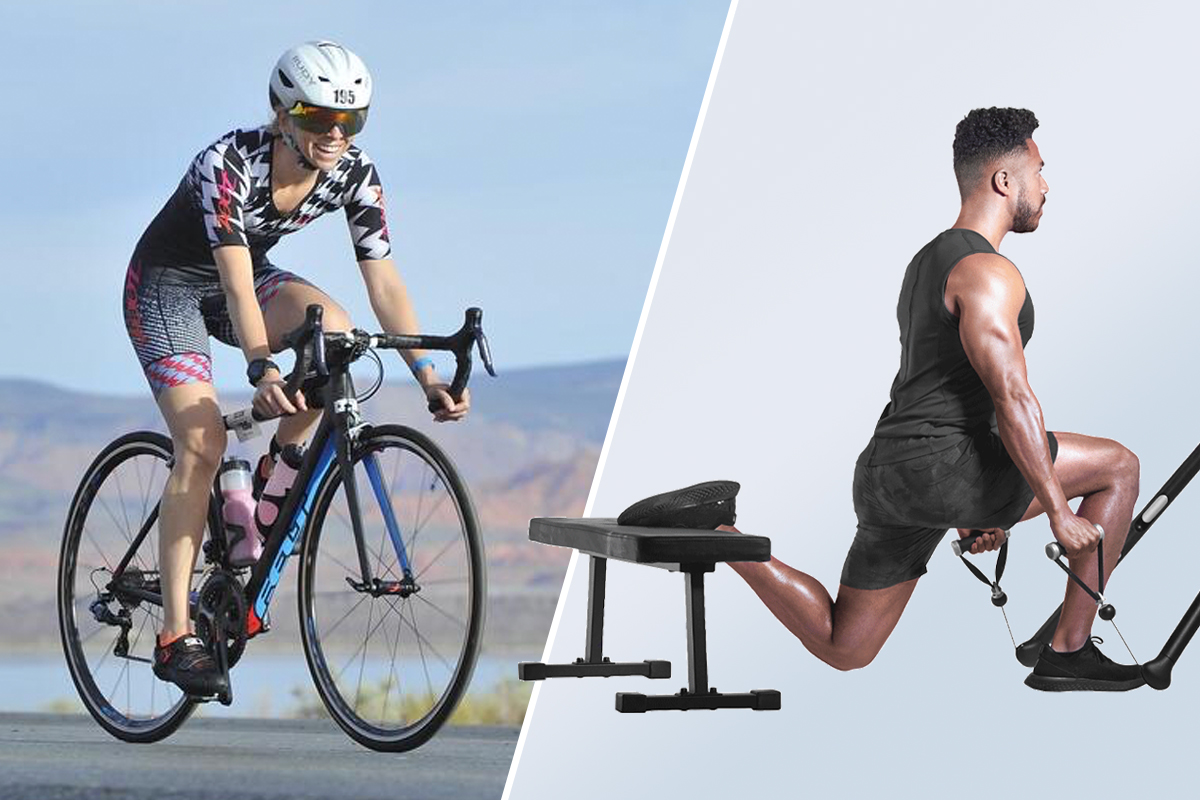Why Stretching Matters for Cyclists
As cyclists, it’s essential to prioritize flexibility and injury prevention to optimize performance and overall comfort on the bike. Incorporating stretches for bicycle riders into a training routine can have a significant impact on a cyclist’s ability to perform at their best. By improving flexibility, cyclists can increase their power output, reduce muscle soreness, and enhance their overall performance. Additionally, stretching can help prevent common injuries that cyclists are prone to, such as knee pain, lower back strain, and neck tension. By making stretching a priority, cyclists can ride stronger, longer, and more efficiently, ultimately taking their performance to the next level.
Common Injuries in Cycling and How Stretching Can Help
Cycling, like any other sport, comes with its share of injuries. Cyclists are prone to a range of common injuries, including knee pain, lower back strain, and neck tension. These injuries can be debilitating and affect a cyclist’s performance and overall comfort on the bike. However, incorporating stretches for bicycle riders into a training routine can help prevent or alleviate these issues. For example, stretching the IT band and quadriceps can help reduce knee pain, while stretching the hamstrings and glutes can help alleviate lower back strain. Additionally, stretching the neck and shoulder muscles can help reduce neck tension and improve overall posture. By prioritizing stretching, cyclists can reduce their risk of injury and maintain optimal performance.
How to Improve Your Cycling Posture with Stretching
Maintaining proper cycling posture is essential for optimal performance and comfort on the bike. When cyclists slouch or hunch over the handlebars, they put unnecessary strain on their neck, back, and shoulders, leading to discomfort, fatigue, and even injury. Incorporating stretches for bicycle riders into a training routine can help improve flexibility and reduce strain on these areas. For example, stretching the chest and shoulders can help improve posture by increasing flexibility and reducing muscle tension. Additionally, stretching the neck and upper back can help reduce strain and discomfort in these areas. By prioritizing stretching and maintaining proper posture, cyclists can ride more efficiently, reduce their risk of injury, and improve their overall performance.
Upper Body Stretches for Cyclists
As cyclists, the upper body plays a crucial role in maintaining proper posture, generating power, and absorbing road vibrations. Incorporating upper body stretches for bicycle riders into a training routine can help improve flexibility, reduce muscle tension, and enhance overall performance. Essential upper body stretches for cyclists include shoulder rolls, chest opens, and neck stretches. Shoulder rolls help to loosen the shoulder muscles, reducing tension and improving flexibility. Chest opens, such as the chest stretch or door stretch, help to improve posture and reduce strain on the neck and back. Neck stretches, such as the chin tuck or ear to shoulder stretch, help to reduce tension and improve range of motion. By incorporating these stretches into a training routine, cyclists can improve their overall comfort and performance on the bike.
Lower Body Stretches for Cyclists
As cyclists, the lower body plays a critical role in generating power, absorbing road vibrations, and maintaining proper pedaling technique. Incorporating lower body stretches for bicycle riders into a training routine can help improve flexibility, reduce muscle soreness, and enhance overall performance. Essential lower body stretches for cyclists include hamstring stretches, quadriceps stretches, and calf stretches. Hamstring stretches, such as the standing hamstring stretch or seated hamstring stretch, help to improve flexibility and reduce strain on the back of the legs. Quadriceps stretches, such as the standing quadriceps stretch or wall sit, help to improve flexibility and reduce strain on the front of the legs. Calf stretches, such as the wall push-up or calf raise, help to improve ankle mobility and reduce strain on the feet and ankles. By incorporating these stretches into a training routine, cyclists can improve their overall comfort and performance on the bike, reducing the risk of common injuries such as knee pain and lower back strain.
Core Strengthening Exercises for Cyclists
A strong core is essential for cyclists, as it provides stability, balance, and power on the bike. A weak core can lead to poor posture, reduced efficiency, and increased risk of injury. Incorporating core strengthening exercises into a training routine can help improve overall cycling performance and reduce the risk of common injuries such as lower back strain and neck tension. Essential core strengthening exercises for cyclists include planks, leg raises, and Russian twists. Planks help to improve core stability and reduce strain on the lower back. Leg raises target the transverse abdominis muscle, which is responsible for pelvic stability and power transfer. Russian twists target the obliques, which are responsible for rotational power and stability. By incorporating these exercises into a training routine, cyclists can improve their overall core strength, stability, and performance on the bike, allowing them to ride longer, faster, and more efficiently. Additionally, incorporating stretches for bicycle riders into a training routine can help improve flexibility and reduce muscle soreness, further enhancing overall cycling performance.
Creating a Stretching Routine for Your Cycling Needs
Creating a personalized stretching routine is essential for cyclists looking to improve their flexibility, reduce muscle soreness, and enhance performance. When it comes to incorporating stretches for bicycle riders into a training routine, frequency, duration, and intensity are key. Aim to stretch at least 2-3 times per week, with a minimum of 10-15 minutes per session. Start with gentle stretches and gradually increase intensity as flexibility improves. It’s also important to incorporate stretching into a busy cycling schedule, whether it’s during a lunch break, after a ride, or as part of a warm-up or cool-down routine. Consider setting aside dedicated time for stretching, such as 10-15 minutes in the morning or evening, to make it a habit. Additionally, focus on stretching major muscle groups, including the neck, shoulders, back, hips, legs, and feet, to ensure overall flexibility and range of motion. By incorporating these tips into a training routine, cyclists can create a personalized stretching routine that meets their unique needs and goals, ultimately improving their overall cycling performance and reducing the risk of injury.
Maximizing Your Cycling Performance with Stretching and Foam Rolling
Combining stretching with foam rolling is a powerful way to improve cycling performance, reduce muscle soreness, and enhance recovery. By incorporating stretches for bicycle riders into a training routine, cyclists can improve flexibility, reduce muscle tension, and increase range of motion. Foam rolling takes this to the next level by breaking down adhesions and scar tissue, allowing for even greater flexibility and reduced muscle soreness. When used together, stretching and foam rolling can help cyclists recover faster, ride longer, and perform at a higher level. Additionally, incorporating foam rolling into a stretching routine can help reduce the risk of common cycling injuries, such as knee pain, lower back strain, and neck tension. By making stretching and foam rolling a regular part of a training routine, cyclists can optimize their performance, reduce downtime, and enjoy a more comfortable and efficient ride. Whether you’re a recreational rider or a competitive athlete, incorporating stretching and foam rolling into your training routine can help you ride stronger, longer, and more efficiently.








